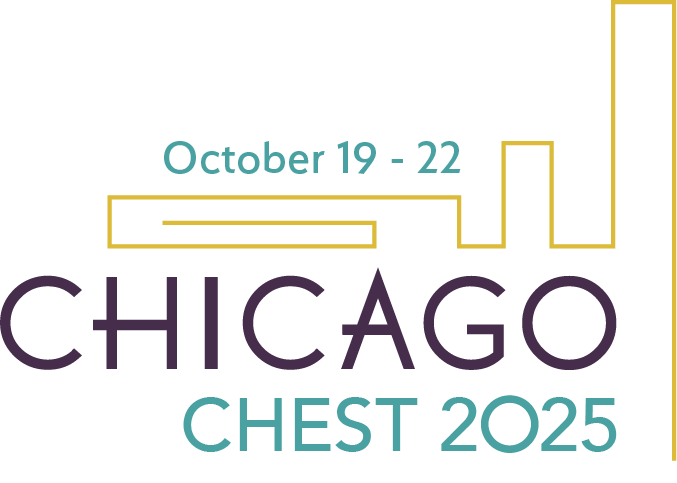
Certain antihyperglycemic medications, including glucagon-like peptide 1 receptor agonists (GLP-1RAs), are associated with reduced risk of exacerbations in patients with COPD and comorbid type 2 diabetes (T2D), according to recent observational studies.
While these are interesting findings, randomized controlled trials (RCTs) are imperative to confirm whether GLP-1RAs and other diabetes medications can improve respiratory outcomes in patients with comorbid T2D and COPD, according to experts Dinah Foer, MD, Assistant Professor of Medicine, Brigham and Women’s Hospital, and William B. Feldman, MD, Assistant Professor of Medicine, Harvard Medical School/Brigham and Women’s Hospital.
Newer antihyperglycemic drugs and COPD exacerbation risk
In a 2022 population-based cohort study conducted in the United Kingdom, two classes of antihyperglycemic medications—GLP-1RAs and sodium-glucose cotransporter-2 (SGLT-2) inhibitors—were associated with reduced risk of exacerbations in patients with COPD and T2D compared with sulfonylureas.
Consistent with these findings, a 2023 retrospective observational analysis performed by Dr. Foer and colleagues found lower COPD exacerbation rates with GLP-1RAs but not dipeptidyl peptidase 4 (DDP-4) inhibitors and sulfonylureas.

A real-world study, reported by Dr. Feldman and colleagues in 2025, recapitulated these findings—in patients 40 years or older with T2D and active COPD, GLP-1RAs and SGLT-2 inhibitors, but not DDP-4 inhibitors, reduced the risk of moderate or severe COPD exacerbations.
“It is intriguing that there seems to be this signal for reduced risk of COPD exacerbations in patients with comorbid COPD and T2D receiving GLP-1RAs across studies despite differences in the populations, statistical approaches, and the drug classes compared,” Dr. Foer said. “In the case of GLP-1RAs, preclinical data suggest that these drugs influence pulmonary outcomes, such as airway resistance, airway inflammation markers, [and] mucus severity scores. The jury is still out as to whether the effects hold true in humans and whether the [effects are] indirect or direct.”
Dr. Feldman said findings raise more questions than answers.
“What is the connection between metabolic syndrome, diabetes, and respiratory diseases?” he asked.
Dr. Feldman said that GLP-1RAs, and to a lesser extent SGLT-2 inhibitors, are known to improve weight loss. Weight loss can be associated with improved COPD symptoms in some patients with obesity, although the precise benefits of weight loss remain ill-defined (and low BMI can also precipitate worse COPD outcomes). Moreover, SGLT-2 inhibitors impact fluid balance. The mechanistic underpinnings and potential impact of nonglycemic effects of GLP-1RAs/SGLT-2 inhibitors on COPD outcomes remain open questions warranting further study.
Next steps: Mechanistic studies and RCTs
Both Dr. Foer and Dr. Feldman noted that although these studies showed strong associations between antihyperglycemic medications and improved COPD outcomes, there may be known and unknown confounding factors, precluding definitive conclusions.
“While real-world evidence, such as from our study, is important in driving the conversation forward, definitive answers will require further mechanistic studies and confirmation in large-scale RCTs,” Dr. Feldman said.
Indeed, Dr. Foer said there is a lot of interest in understanding whether the lung could be conceptualized as an end organ of diabetes, akin to its impact on kidneys or vasculature. Mechanistic studies of these pathological processes in humans are sparse, she said.
Ongoing/imminent RCTs are exploring the role of diabetes medications in improving respiratory outcomes. GATA-3 is assessing semaglutide in adults with excess body weight and symptomatic asthma despite inhaled steroid therapy, and MINA will study metformin in adults with overweight/obesity whose asthma is not well controlled despite maintenance treatment. An observational study led by Dr. Foer and her team is also evaluating the effect of GLP-1RAs on respiratory outcomes in patients with asthma and T2D.
Implications for pulmonology practice
“COPD is difficult to treat, and, at present, a limited number of therapies are available,” Dr. Feldman said. “The prospect of repurposing drugs that may be beneficial for patients with COPD is exciting.”
Additionally, Dr. Foer pointed out that medications commonly used for COPD management—mainly steroids—can contribute to poor glycemic control and weight gain.
“One of the main challenges is that we are causing this vicious cycle for patients by continuing to use medications that are exacerbating their other comorbidities,” she said. “The paradigm for T2D therapy is to treat the whole patient, taking into consideration multiple factors, including comorbidities. While respiratory conditions currently do not inform the therapeutic choice of antihyperglycemic medications in the context of comorbid COPD and T2D, the motivation for our work, and that of others, in the respiratory space is to understand whether certain diabetes medications should be prioritized or are more beneficial for diabetes treatment in patients with comorbid asthma or COPD.”
Key takeaways
Both clinicians advised caution and reiterated the need for rigorous, robust evidence, especially from RCTs.
“I think all pulmonologists should find these real-world study findings intriguing, and such data should promote curiosity,” Dr. Feldman said. “Mechanistic studies of GLP-1RAs or SGLT-2 inhibitors may reveal novel insights into COPD pathogenesis. These data are also a reminder for pulmonologists that our patients with asthma or COPD often have other comorbidities treated with different medications. More work needs to be done to understand potential drug-drug interactions in this context.”
Dr. Foer expressed hope that these recent studies will focus attention on the vulnerability of patients with T2D and COPD and underscored the importance of interdisciplinary collaboration and care.
